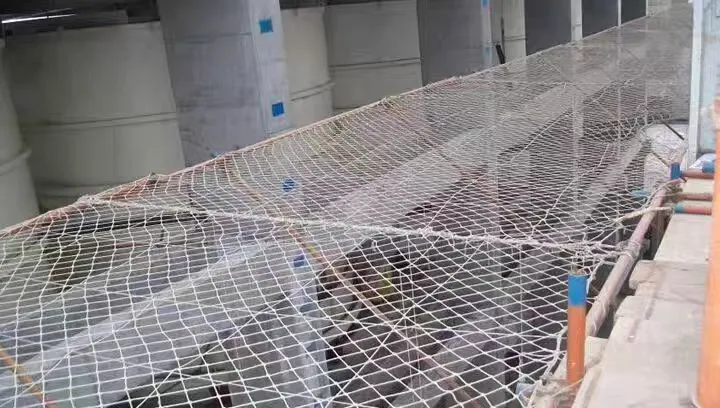-
 Afrikaans
Afrikaans -
 Albanian
Albanian -
 Amharic
Amharic -
 Arabic
Arabic -
 Armenian
Armenian -
 Azerbaijani
Azerbaijani -
 Basque
Basque -
 Belarusian
Belarusian -
 Bengali
Bengali -
 Bosnian
Bosnian -
 Bulgarian
Bulgarian -
 Catalan
Catalan -
 Cebuano
Cebuano -
 China
China -
 Corsican
Corsican -
 Croatian
Croatian -
 Czech
Czech -
 Danish
Danish -
 Dutch
Dutch -
 English
English -
 Esperanto
Esperanto -
 Estonian
Estonian -
 Finnish
Finnish -
 French
French -
 Frisian
Frisian -
 Galician
Galician -
 Georgian
Georgian -
 German
German -
 Greek
Greek -
 Gujarati
Gujarati -
 Haitian Creole
Haitian Creole -
 hausa
hausa -
 hawaiian
hawaiian -
 Hebrew
Hebrew -
 Hindi
Hindi -
 Miao
Miao -
 Hungarian
Hungarian -
 Icelandic
Icelandic -
 igbo
igbo -
 Indonesian
Indonesian -
 irish
irish -
 Italian
Italian -
 Japanese
Japanese -
 Javanese
Javanese -
 Kannada
Kannada -
 kazakh
kazakh -
 Khmer
Khmer -
 Rwandese
Rwandese -
 Korean
Korean -
 Kurdish
Kurdish -
 Kyrgyz
Kyrgyz -
 Lao
Lao -
 Latin
Latin -
 Latvian
Latvian -
 Lithuanian
Lithuanian -
 Luxembourgish
Luxembourgish -
 Macedonian
Macedonian -
 Malgashi
Malgashi -
 Malay
Malay -
 Malayalam
Malayalam -
 Maltese
Maltese -
 Maori
Maori -
 Marathi
Marathi -
 Mongolian
Mongolian -
 Myanmar
Myanmar -
 Nepali
Nepali -
 Norwegian
Norwegian -
 Norwegian
Norwegian -
 Occitan
Occitan -
 Pashto
Pashto -
 Persian
Persian -
 Polish
Polish -
 Portuguese
Portuguese -
 Punjabi
Punjabi -
 Romanian
Romanian -
 Russian
Russian -
 Samoan
Samoan -
 Scottish Gaelic
Scottish Gaelic -
 Serbian
Serbian -
 Sesotho
Sesotho -
 Shona
Shona -
 Sindhi
Sindhi -
 Sinhala
Sinhala -
 Slovak
Slovak -
 Slovenian
Slovenian -
 Somali
Somali -
 Spanish
Spanish -
 Sundanese
Sundanese -
 Swahili
Swahili -
 Swedish
Swedish -
 Tagalog
Tagalog -
 Tajik
Tajik -
 Tamil
Tamil -
 Tatar
Tatar -
 Telugu
Telugu -
 Thai
Thai -
 Turkish
Turkish -
 Turkmen
Turkmen -
 Ukrainian
Ukrainian -
 Urdu
Urdu -
 Uighur
Uighur -
 Uzbek
Uzbek -
 Vietnamese
Vietnamese -
 Welsh
Welsh -
 Bantu
Bantu -
 Yiddish
Yiddish -
 Yoruba
Yoruba -
 Zulu
Zulu
Innovative Solar Bird Protection Using Advanced Netting Solutions for Wildlife Safety
The Importance of Solar Bird Netting Protecting Wildlife and Renewable Energy
As the global push towards renewable energy continues to gain momentum, solar energy has emerged as one of the most promising solutions for sustainable power generation. However, the expansion of solar farms has raised concerns about the possible impact on local wildlife, particularly birds. This is where the innovative solution of solar bird netting comes into play. By providing an effective way to mitigate the risk of bird strikes at solar installations, this technology not only protects avian populations but also supports the growth of clean energy.
Solar farms are increasingly being installed in areas that were previously untouched or minimally disturbed by human activity. These locations often serve as natural habitats for a wide variety of bird species. The problem arises when large solar panels create reflections that can mislead birds into thinking they are flying towards open water or clear skies. Unfortunately, this can lead to bird strikes, which can be fatal. To address this issue, solar bird netting has been developed as an essential tool in wildlife conservation effort.
Solar bird netting consists of lightweight, fine mesh netting that is installed above or around solar arrays. This netting serves several purposes it acts as a physical barrier that prevents birds from accessing dangerous areas, it reduces the risk of birds colliding with solar panels, and it can also help to keep other wildlife species, such as rodents, at bay. The deployment of this netting has proven to be effective in reducing bird mortality rates associated with solar farms while adhering to environmental regulations and guidelines.
solar bird netting

From an ecological standpoint, the consequences of bird strikes can be significant. Many bird species play vital roles in their ecosystems, including seed dispersal, pollination, and pest control. Loss of these birds can lead to imbalances in their respective habitats, and potentially affect biodiversity overall. Moreover, many bird populations are already facing pressures from habitat loss, climate change, and other anthropogenic factors. By implementing measures such as solar bird netting, we can contribute positively to conserving these species while still harnessing the power of renewable energy.
Solar bird netting is also a key factor in ensuring the public's acceptance of solar energy projects. Local communities are often concerned about the environmental impacts of solar farms, particularly regarding wildlife. By proactively addressing these concerns with the implementation of bird netting and other wildlife mitigation strategies, solar developers can foster goodwill and cooperation with local stakeholders. This is especially important as the world transitions to renewable energy sources, and public buy-in is essential to the success of solar initiatives.
Moreover, the adoption of solar bird netting can create a positive feedback loop. As solar farms become safer for birds, more wildlife-friendly practices can be integrated into renewable energy projects. This might include the use of native vegetation around solar installations, which not only provides habitat for wildlife but can also enhance soil quality and reduce maintenance costs. By thinking holistically about land use and wildlife conservation, solar energy projects can deliver comprehensive benefits to both people and nature.
In conclusion, solar bird netting represents a crucial advancement in the integration of wildlife protection within solar energy initiatives. By reducing the risk of bird strikes and protecting local ecosystems, this innovative solution illustrates that it is possible to balance renewable energy development with environmental stewardship. As the demand for solar energy continues to grow, so too does the importance of ensuring that our approach to this transition is thoughtful and inclusive of the natural world. With initiatives like solar bird netting, we can pave the way for a cleaner, greener future that respects and protects wildlife for generations to come.
-
Shipping Plastic Bags for Every NeedNewsJul.24,2025
-
Safety Netting: Your Shield in ConstructionNewsJul.24,2025
-
Plastic Mesh Netting for Everyday UseNewsJul.24,2025
-
Nylon Netting for Every UseNewsJul.24,2025
-
Mesh Breeder Box for Fish TanksNewsJul.24,2025
-
Expanded Steel Mesh Offers Durable VersatilityNewsJul.24,2025











